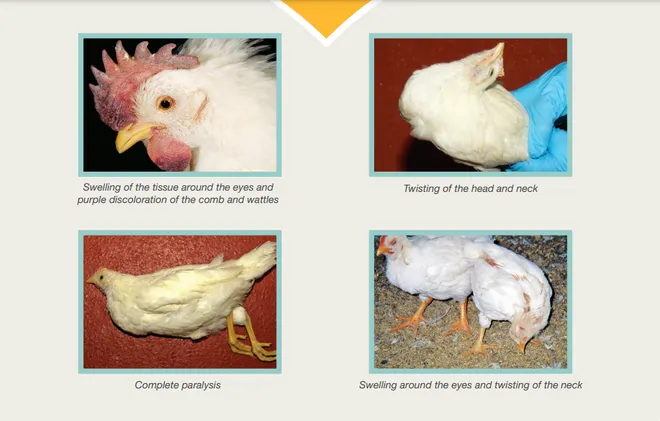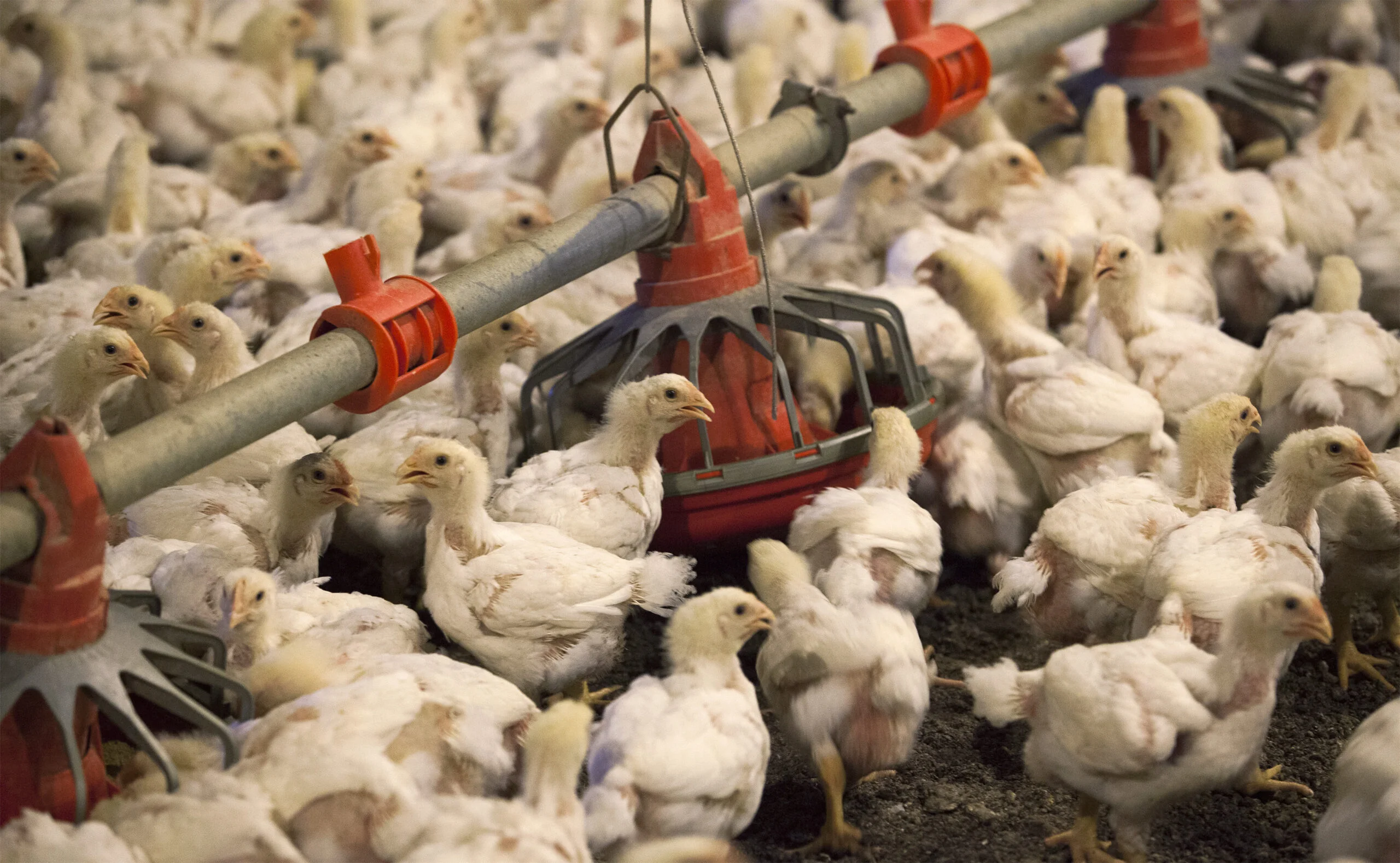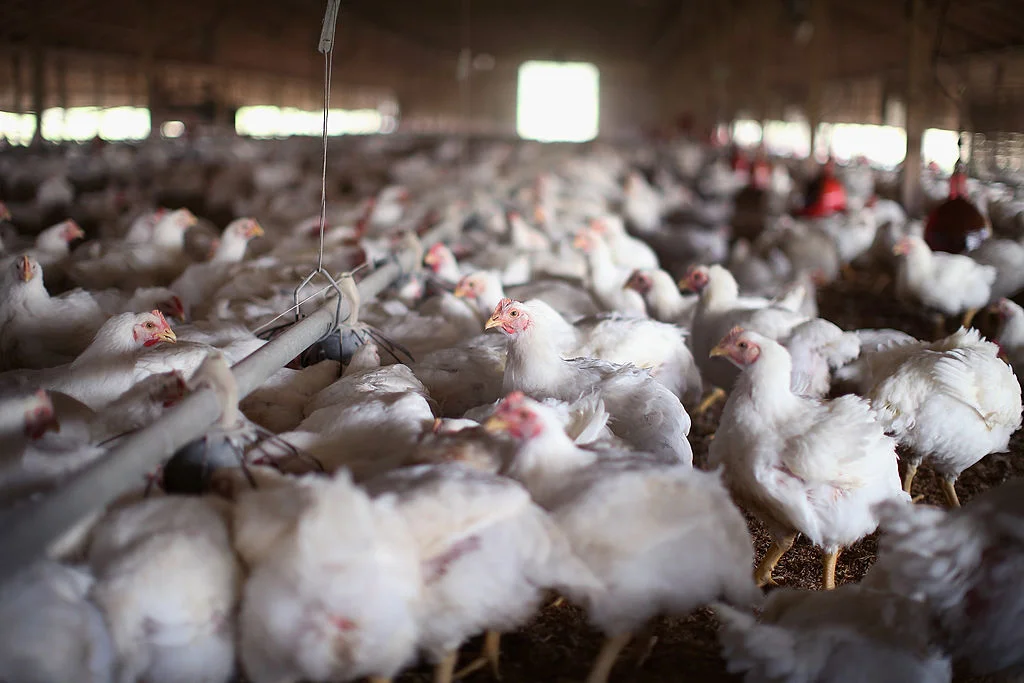Avian Influenza crisis
Unveiling the Crisis
In a troubling development, an Ohio farm grapples with a severe avian influenza outbreak, prompting the culling of over 1.3 million chickens. The U.S. Department of Agriculture’s response follows the detection of a bird flu case at the Union County egg farm. Despite a less severe spread than the previous year, the national toll reached 8.1 million birds, with Ohio accounting for 5.8 million in a single month.
The Ongoing Struggle(Avian Influenza Crisis)
This marks the second time this month that a farm is compelled to eliminate over a million birds. Taylor County, Iowa, and Wright County, Minnesota, reported 1.1 million and 940,000 bird cullings, respectively. The impact of these measures on the poultry industry and beyond demands a closer look.

Human Impact: A Rare but Notable Occurrence
While avian influenza wreaks havoc among poultry, human cases remain scarce. The CDC reports only one instance of a person contracting the H5N1 strain of the virus in the U.S. since 2022. Understanding the rarity of human infections sheds light on the specific nature of this avian-centric virus.
A Glimmer of Hope: CRISPR Gene Editing
Amid the crisis, scientists present a potential solution with the use of CRISPR gene editing to combat bird flu. This revolutionary technology opens new possibilities for managing and preventing avian influenza outbreaks, offering a ray of hope in the ongoing battle.
Decoding Bird Flu: Types and Transmission
It’s critical to realize the nature of avian influenza to appreciate the seriousness of the issue. The CDC and USDA have divided the illness, which is mostly spread by flu viruses in birds, into two categories: Highly Pathogenic Avian Influenza (HPAI) and Low Pathogenic Avian Influenza (LPAI). While HPAI is frequent in domestic poultry and causes severe sickness and high death rates, LPAI is common in wild birds and generates moderate or no disease.
Economic Repercussions and Government Expenditure
The financial toll of the avian influenza outbreak extends beyond the biological realm. The government’s expenditure to manage the crisis has soared to approximately $660 million, contributing to a surge in egg and poultry prices. Examining the economic fallout is crucial to understanding the broader impact on farmers and consumers alike.
Signs and Symptoms: Identifying Avian Influenza
Recognizing the signs of avian influenza in chickens is paramount to controlling its spread. Loss of appetite, lethargy, sudden death, eyelid swelling, head and neck twisting, purple discoloration, stumbling, falling, diarrhea, difficulty breathing, and nasal discharge are key indicators. Timely identification is a critical factor in mitigating the impact on poultry populations.
Government Action: Measures Taken to Stem the Tide
The government has put strict procedures in place in reaction to the epidemic. The plan to stop the spread of avian influenza includes the prompt culling of affected birds as well as biosecurity precautions. To assess if the reaction was effective, it is essential to comprehend the procedures that were performed.
The Human Toll on Farmers and the Poultry Industry
Farmers confront enormous hurdles as the recession worsens, particularly those in the poultry business. There are significant financial losses and concerns about the future of their livelihoods for the impacted farmers, which has a significant negative impact on the economy. Analyzing the difficulties these people encounter helps us understand the wider impact on society.
Public Awareness: A Crucial Element in Containment
The importance of public awareness cannot be overstated in curbing the spread of avian influenza. Communicating the signs, safety measures, and preventive actions is essential for both farmers and the general public to navigate these challenging times. Understanding the role of public awareness campaigns is crucial for shaping future responses to similar crises.
The Environmental Footprint: Unintended Consequences
Beyond the immediate consequences for poultry and humans, mass culling has potential environmental implications. The delicate ecological balance may be disrupted, emphasizing the need for a balanced approach to managing avian influenza outbreaks. Evaluating the unintended consequences sheds light on the holistic impact of such crisis management strategies.

Global Perspectives: Learning from Others
Looking beyond borders, examining how other countries handle avian influenza outbreaks provides valuable insights. A comparative analysis can shed light on effective measures and innovations that may be adopted on a global scale. Understanding the global context is crucial for developing comprehensive strategies in the face of such pandemics.
Proactive Measures for a Secure Future
As the world grapples with the recurrent threat of avian influenza, proactive measures are imperative. Investing in research, innovative farming practices, and international cooperation can pave the way for preventing and managing future outbreaks. Examining the path forward is crucial for building resilience in the face of evolving biological challenges.
Conclusion
In summary, the Ohio avian influenza epidemic is not only a regional problem; rather, it is a sign of a larger issue that the poultry industry worldwide is dealing with. The difficulties of controlling such epidemics are highlighted by the interaction of biological, economic, and environmental elements. As we tackle this situation, it is clear that a multimodal strategy incorporating public awareness, research, and international cooperation is essential for a long-term fix.
- Is the bird flu dangerous to humans?
- While human cases are rare,

